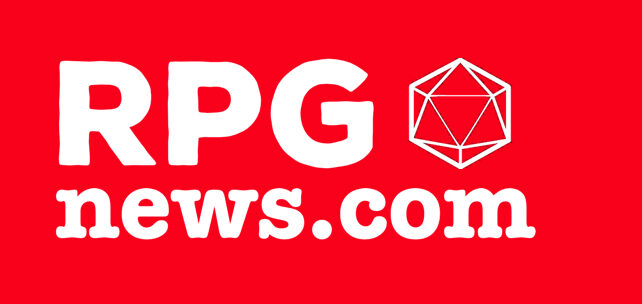By Jim Johnson, Project Manager
Art by Nicola Silvani
The pre-order release of the new Star Trek™ Adventures second edition game supplement, the Exploration Guide, provides a wealth of material for you to generate interesting stories on all sorts of planets and within specific planetary biomes for your crew of characters to explore and discover. Chapter 5 is the largest chapter in the guide, and contains more than 70 random tables designed to help you generate interesting terrain, terrain effects, and story possibilities for each planetary biome type. Let’s take a closer look at this chapter now!
In total, nine different biomes are detailed in the book, each one with between 9 and 11 pages of information. The level of information and options contained in each subchapter should be sufficient for you to create many stories, episodes, or adventures in each biome. While you could have your away team visit a planet for just a scene or two, you could generate entire story arcs or even complete seasons using the advice and random tables in the guide. While the traditional Star Trek model features the crew visiting a new planet every week or every episode, you have the flexibility to tell a more serialized story situated in the same place. The choice is up to you!
Let’s dig into an example of what you can do with the contents of this chapter to generate stories or to support the stories you’ve created. My crew is exploring the Esteffi system (which we created in last week’s blog), and I decide one of the large gas giants in the system has a Class-M moon with life-signs.
I want them to explore a plains-type terrain on the moon, so I roll on the Plain Terrain Type table on page 104 and get Agricultural Plain as the result. There are seven options on this table, which means you have a good likelihood of getting very different results each time you use the table.
Glancing at the description for Agricultural Plain, I see Crops and Pastoral Lands as potential traits, so I note those for the first scene on the planet. I flip to page 107 to generate a random event, and get a Tough Break result on the Plains Random Events table, and then a Memory Erosion result on the Plain Complications table on page 112. Just to add even more to the story, I roll on the Plain Story Hooks table on page 113 and get “Spies embedded within the colony” as my result.
Thinking about all that story potential, I set up the scene so that the player characters can scan the moon with a simple task. Success means they’ll discover several small communities of humanoids spread across the plains, though all at a pre-warp level of development. When they beam down (or fly a shuttle down), I’ll have them encounter poorly-maintained fields and confused locals. Something is affecting the memories of the people on this moon, and the longer the player characters remain on the moon, the more likely they’ll also get affected. And as a bonus from that last table roll, I decide there are a couple Orion Syndicate spies sprinkled in with the locals for some reason, and they too have lost their memories! This leaves lots of interesting threads for the player characters to pull on and explore. Where will the story take us next?
After creating this material for the opening scene using assorted random tables in the guide, you can see that there’s the possibility of adding even more scenes, and using even more random tables to create more story hooks, more story potential, more mission options, and more advantages and complications. The player characters could continue the story in this same biome on this same moon for as long as desired, and as long as I as gamemaster wants to keep them there.
That’s just one example of the storytelling possibilities contained in the Exploration Guide. All nine biomes detailed in the book contain advice and random tables, all designed to support you and your players in creating intriguing new locations, plot hooks, and storylines. Some of the biomes contain tables that suggest specific plant life, specific animal life, and other details, such as for the plains, which has a couple of tables related to civilizations that might have built themselves on the plains, given that plains are the most common place for a civilization to start building upon.
What has you excited about Chapter 5 in the Exploration Guide? How will you use the various random tables and advice in the book to enhance your Star Trek adventures missions and campaigns? Share your ideas and insights with your fellow fans at the official Modiphius Discord!
Preorder the print edition of the Exploration Guide now and receive the final digital edition right away. Print copies are expected to ship in October 2025 worldwide.
Thanks for reading this article, and thank you for your interest and support of Star Trek Adventures! Keep frequencies open for news about other upcoming Star Trek Adventures product releases. Live long and prosper!
TM & © 2025 CBS Studios Inc. © 2025 Paramount Pictures Corp. STAR TREK and related marks and logos are trademarks of CBS Studios Inc. All Rights Reserved.

Read more at this site
